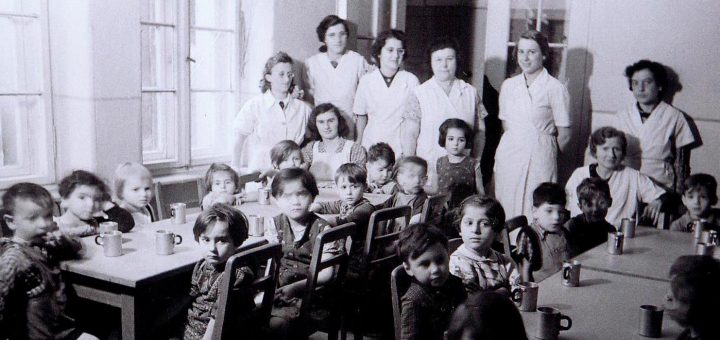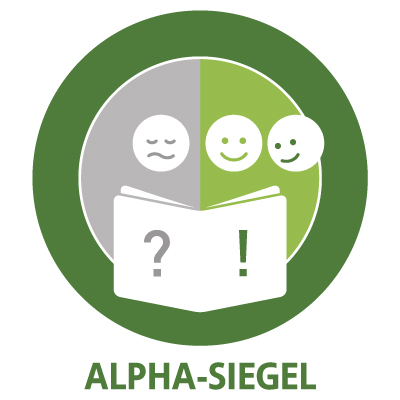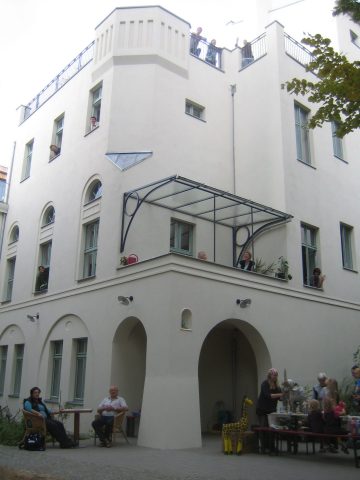Exhibition: Public Memorial Site Fehrbelliner Str. 92
DE ENG
Former Jewish Children’s Home

With its moving 156-year history, our building, located at Fehrbelliner Str. 92, is a historic site and an extraordinary memorial to Berlin’s Jewish heritage. Built in 1864, the building was purchased by the Jewish Children’s Home Association in 1910 and converted into a daycare and educational center for Jewish children and adolescents. Today, our building is a place where over one hundred years of Jewish history in Berlin is made accessible through our archives and testimonies from former residents and visitors to the children’s home.
Since 2007, we have taken part in the annual “Day of Public Memorials” each September. In addition to numerous supporters, two people have contributed significantly to the collection and organization of our archival materials: Inge Franken, until her death in 2012, and Susanne Besch, who has worked in the building as an employee of Pfefferwerk Stadtkultur gGmbH since 1996.
Due to the current pandemic, we have had to find new ways to open our archives to the public. All interested parties can make appointments with us to dive into our building’s history in small groups. If you are interested in a guided tour of the property, please contact Susanne Besch.
A memorial…
Our building was constructed in 1864 as one of the first houses in the hilly northern outskirts of Berlin. It remained a residential home for 46 years. In 1910, the Jewish Children’s Home Association purchased the building along with a considerable amount of the neighboring property and converted the space into a day care and educational center for Jewish children and adolescents.
The building’s current exterior façade gives no hint to its original architectural design, which still delights guests as they enter the interior courtyard. Generous terraces, arched windows, and balconies lend the south-facing portion of the building a distinctly Mediterranean character (see photo of courtyard).
What was once an expansive view from the back terraces is now obscured by buildings constructed throughout the 20th century. Today only the top of the TV tower remains in view. The building now houses the Prenzlauer Berg Community Center.
... and its former residents and visitors
Jakob, the oldest former resident that we have had contact with, attended kindergarten and later after school care at the Jewish Children’s Home in the 1920s along with other young boys and girls. He enjoyed exploring classic German literature in the library on site, and reveled in the free spirit of the house during the time he spent here. At the beginning of the 1930s, the Children’s Home also housed several live-in children, like David, who were sent home only on Saturdays. After visiting with family, they would gladly return to the care of the home, where they were well looked after. Other children from those years that we have been in contact with attended either kindergarten or after school care in the building.
In 1936, the Children’s Home was converted into a larger shelter as a response to the increasing hardship and disenfranchisement of the many Jewish members of the neighborhood. Six years later, the remaining children and caretakers were evicted from the building. They were moved nearby, to Manheimer’s Home for the Elderly, and thereafter to various concentration camps. Some survived the cruelties.
Many of the children were sent to England via the Kindertransport refugee efforts, others were rescued in adventurous ways, including twins Ruth and Regine, who still live in Israel today. Abraham Pisarek photographed the children and adolescents with their caretakers in the home during the early years of the 1930s. We are indebted to his daughter for allowing and assisting with access to photographs from his archives. These photos, together with official building documents and multi-layered accounts of former residents and visitors, have made it possible to compile and commemorate the history of this important site.


